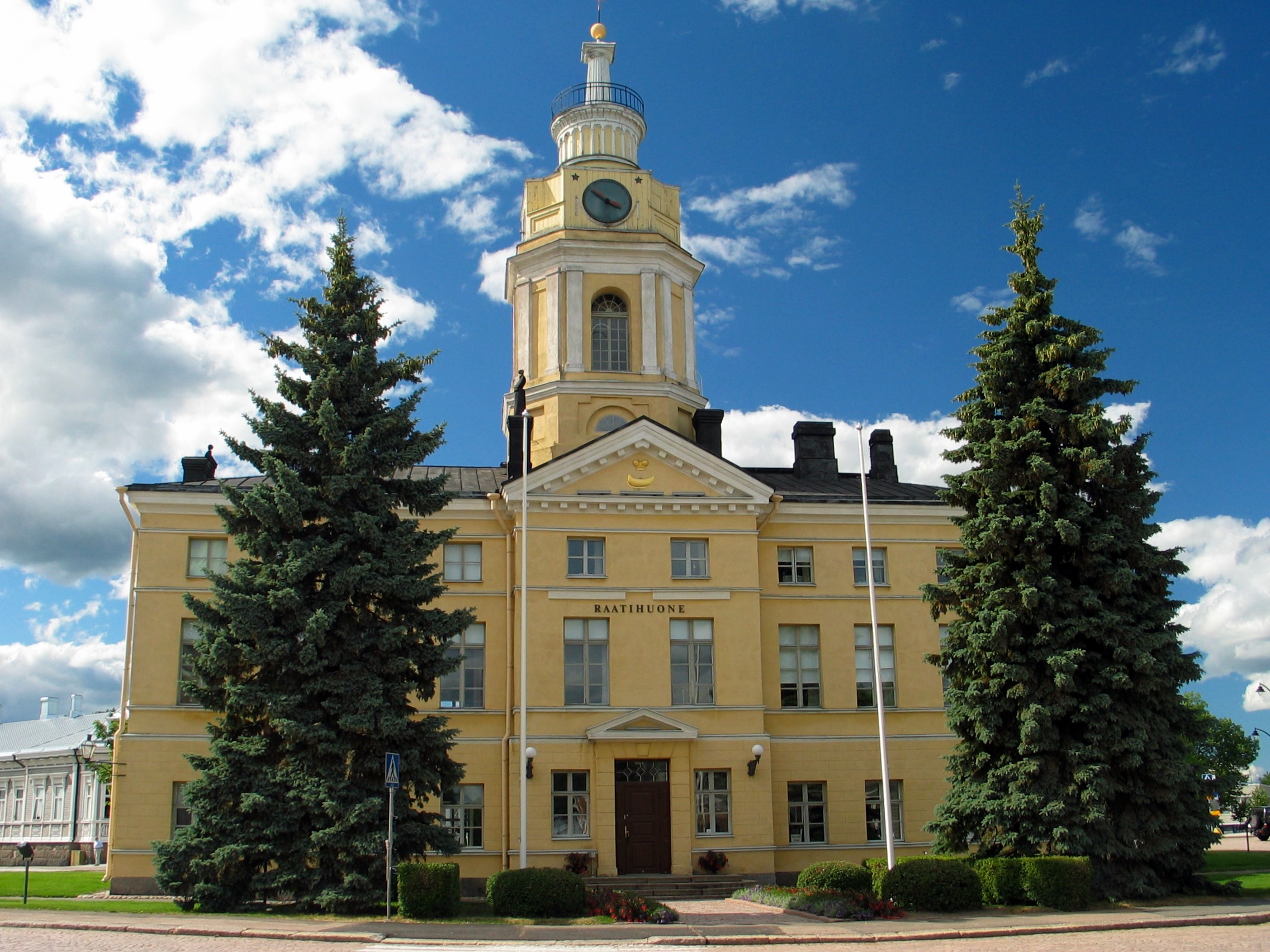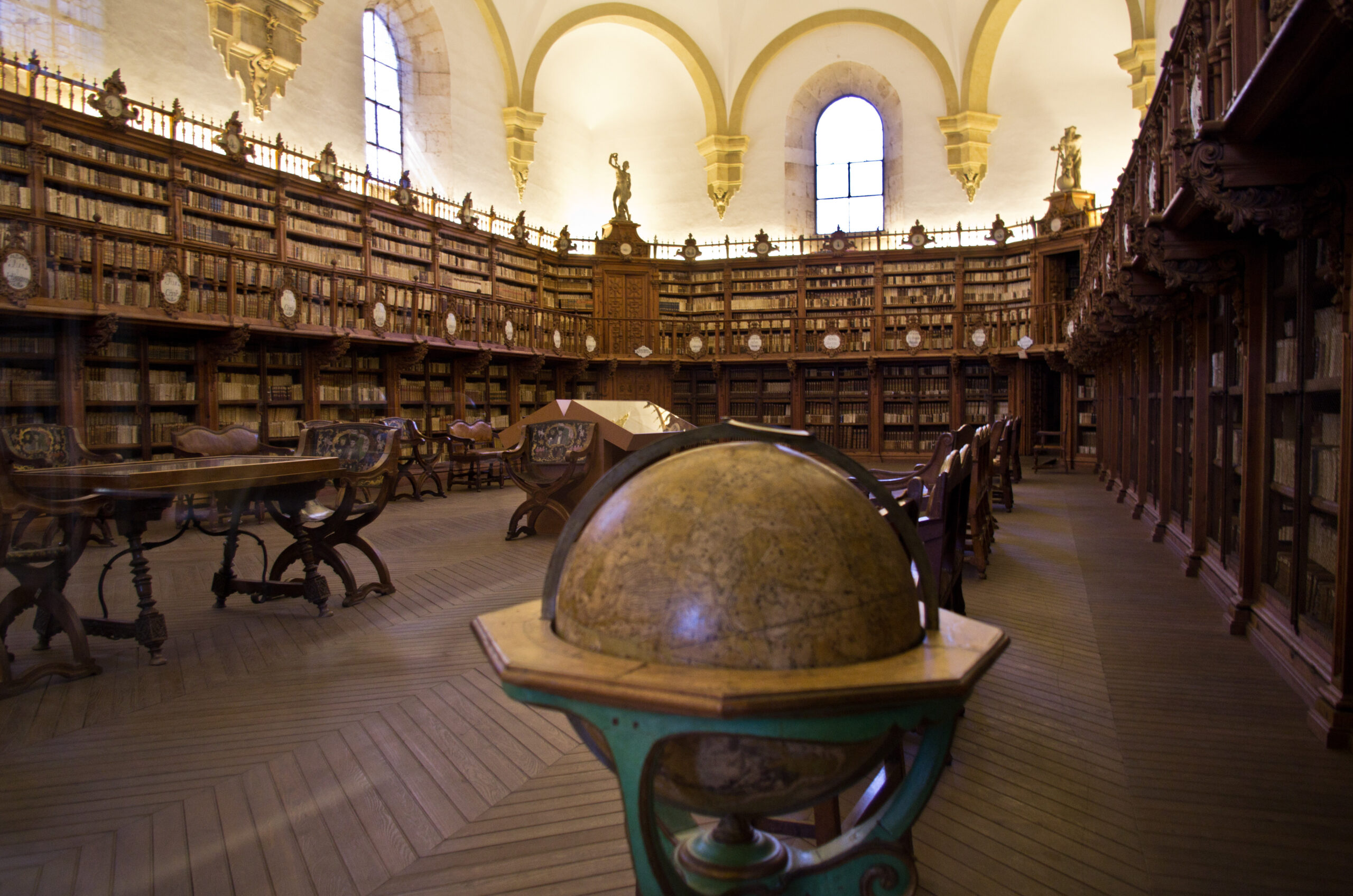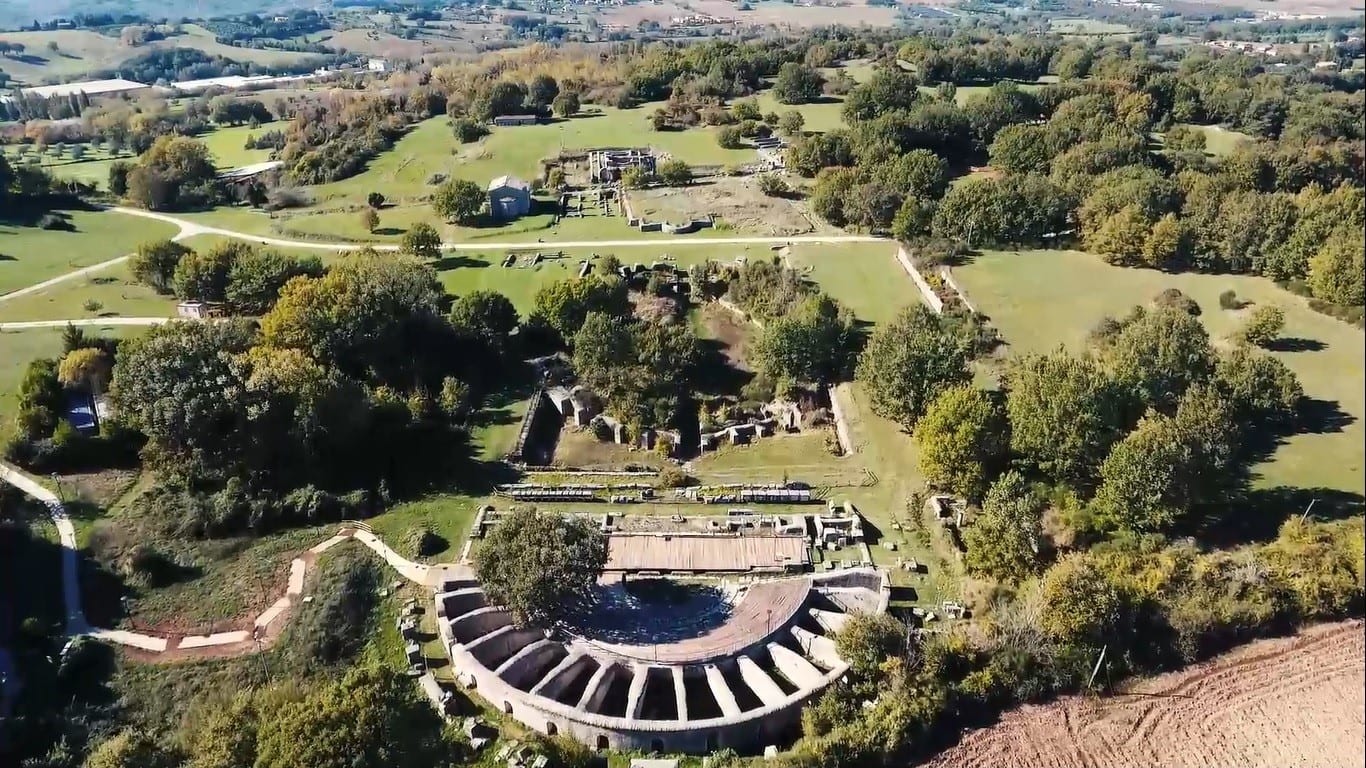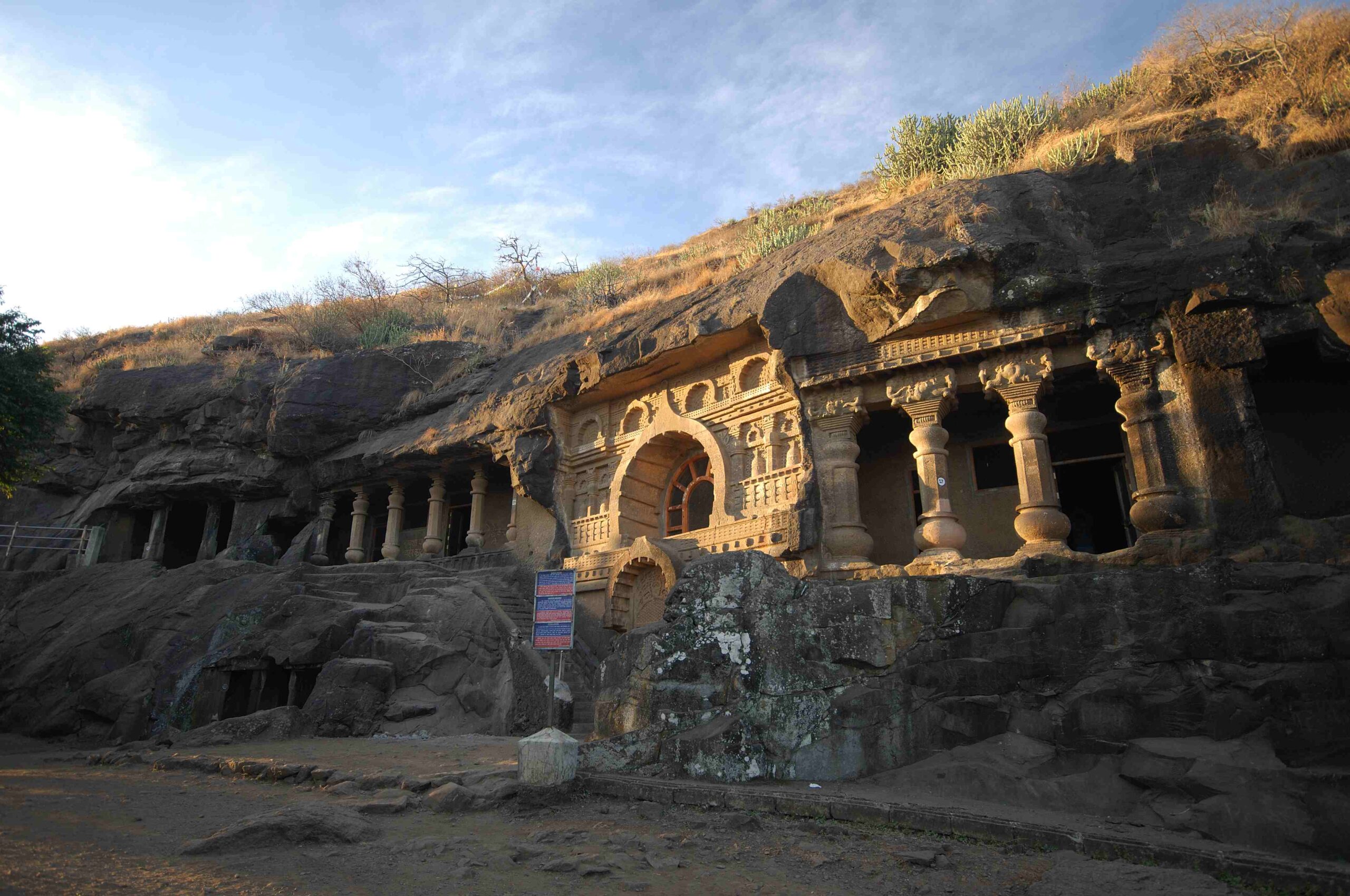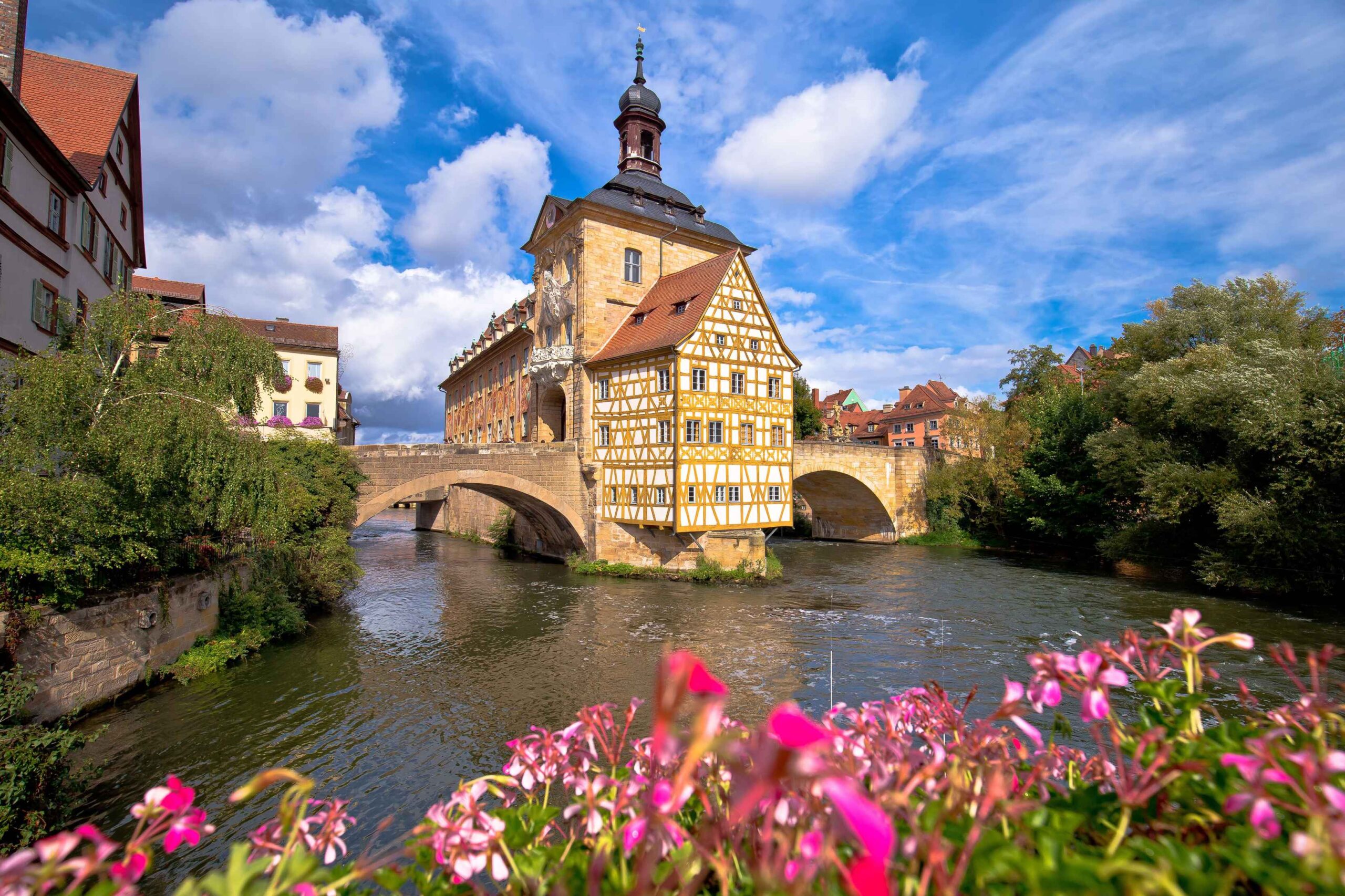Petra, originally known as Raqmu to the Nabataeans, is a historical and archaeological city located in southern Jordan. This ancient city, famed for its rock-cut architecture and water conduit system, is one of the most famous archaeological sites in the world and a UNESCO World Heritage Site. Petra is often called the “Rose City” due to the color of the stone from which it is carved.

Established possibly as early as the 4th century BC as the capital city of the Nabataean Kingdom, Petra was a vital center of trade and commerce, where Arabian incense, silks from China, and spices from India would converge and be traded across the Roman Empire. The Nabataeans were known for their ability to construct efficient water-collecting methods in the barren deserts and their talent for carving magnificent structures into solid rocks.
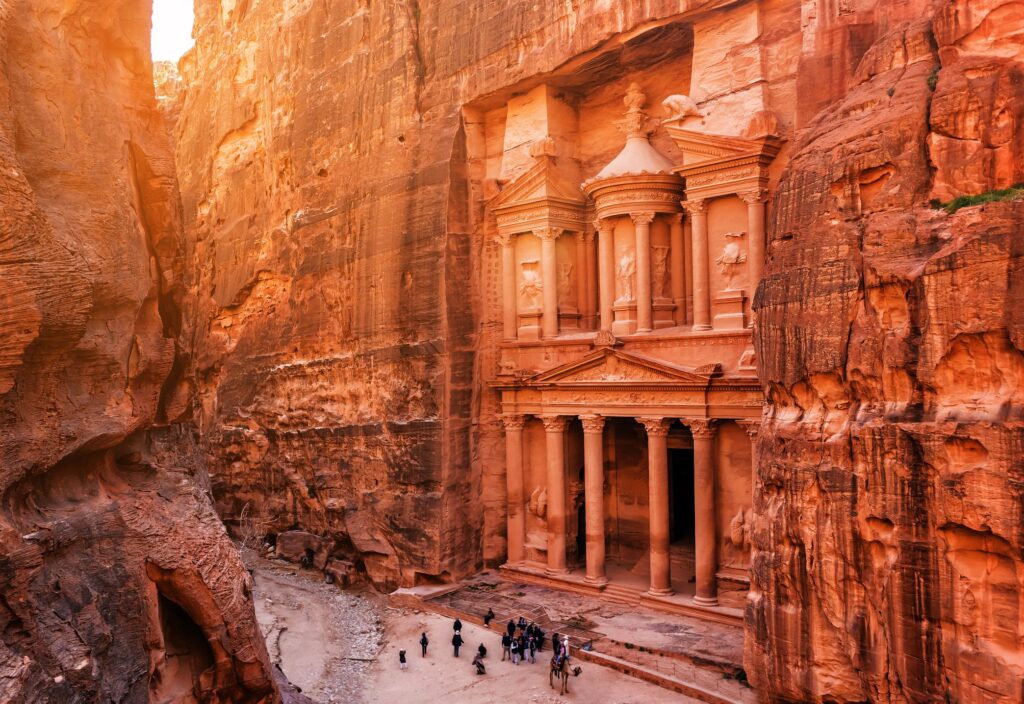
The most iconic structure in Petra is the Al-Khazneh or “The Treasury,” whose intricately detailed facade is cut directly into the sandstone cliff face, making it one of the most photographed monuments in the world. Another significant feature of Petra is the Monastery, which is larger than the Treasury and involves a steep climb of over 800 steps to reach but offers panoramic views of the surrounding mountains and valleys.
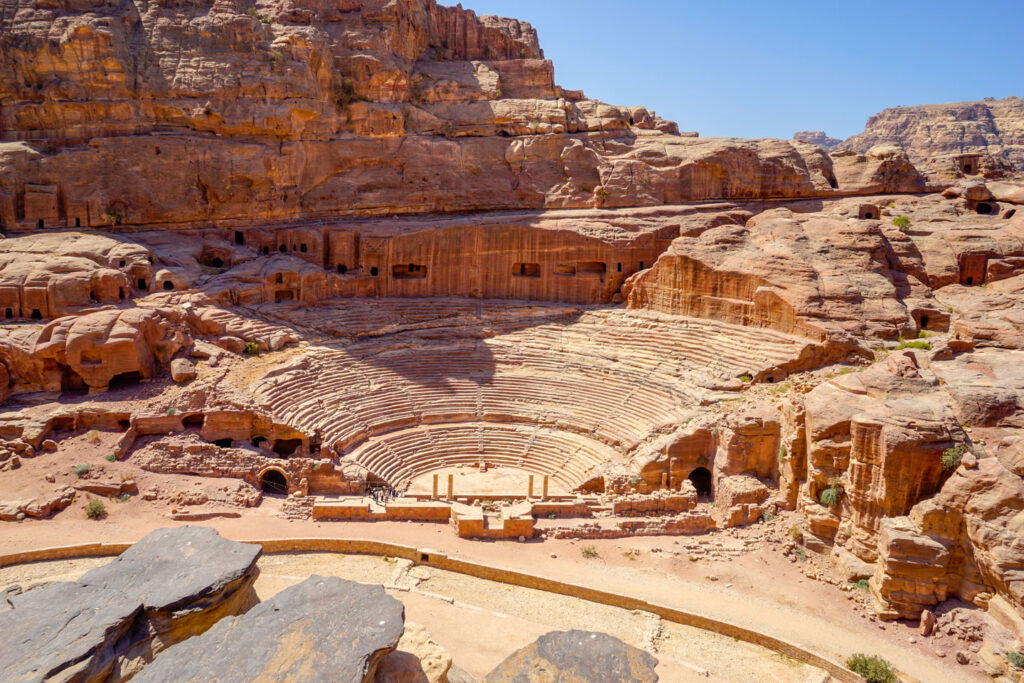
Petra’s entrance is through the Siq, a narrow gorge over a kilometer in length, which provides a dramatic approach and entrance to the city. The walls of the Siq, which are 200 meters high, add to the mystery of Petra, only allowing hints of the magnificent city to be seen as one approaches.
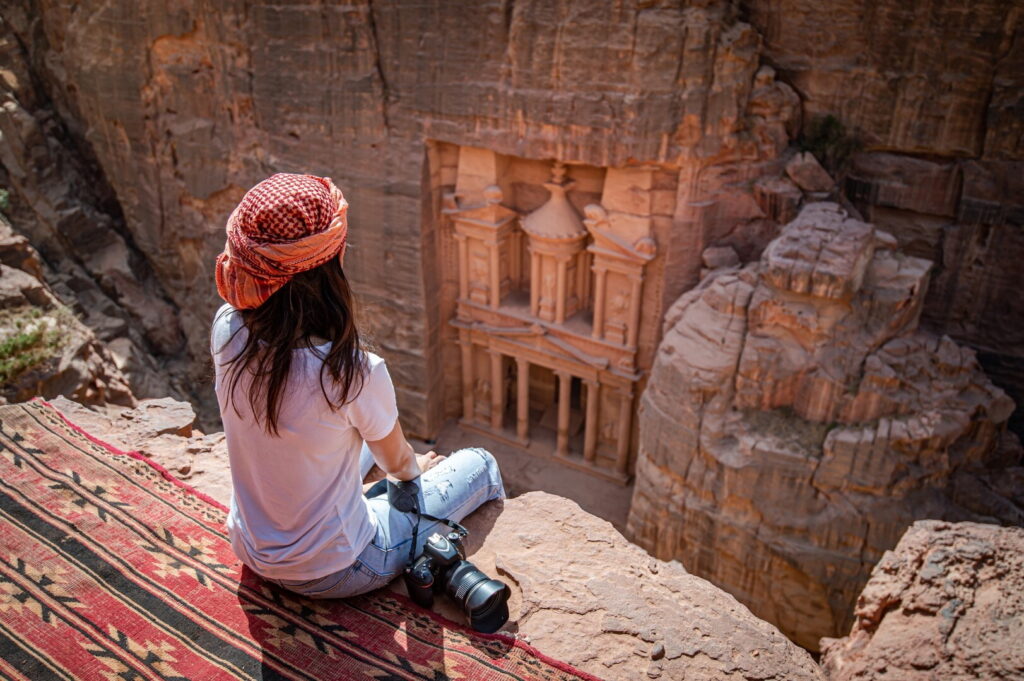
Although rediscovered by the Western world in 1812 by Swiss explorer Johann Ludwig Burckhardt, Petra has been admired for centuries by locals and visitors from around the world. Today, Petra is Jordan’s most-visited tourist attraction, known not just for its heritage and historical significance but also for its natural beauty and archaeological significance.
For those planning a visit to Petra, it is advisable to wear comfortable walking shoes and bring plenty of water, as exploring the site involves a lot of walking, often in hot conditions. Visitors might consider spending at least a full day or two to fully appreciate the extensive site, from its historical buildings to its natural rock formations.
For more detailed information on planning your visit to Petra, exploring its history, and navigating its vast archaeological landscape, resources like Secret World provide comprehensive travel guides. Additionally, for those interested in a broader exploration of historical sites around the world, this comprehensive guide offers insights and practical advice to enhance your travel experience.


